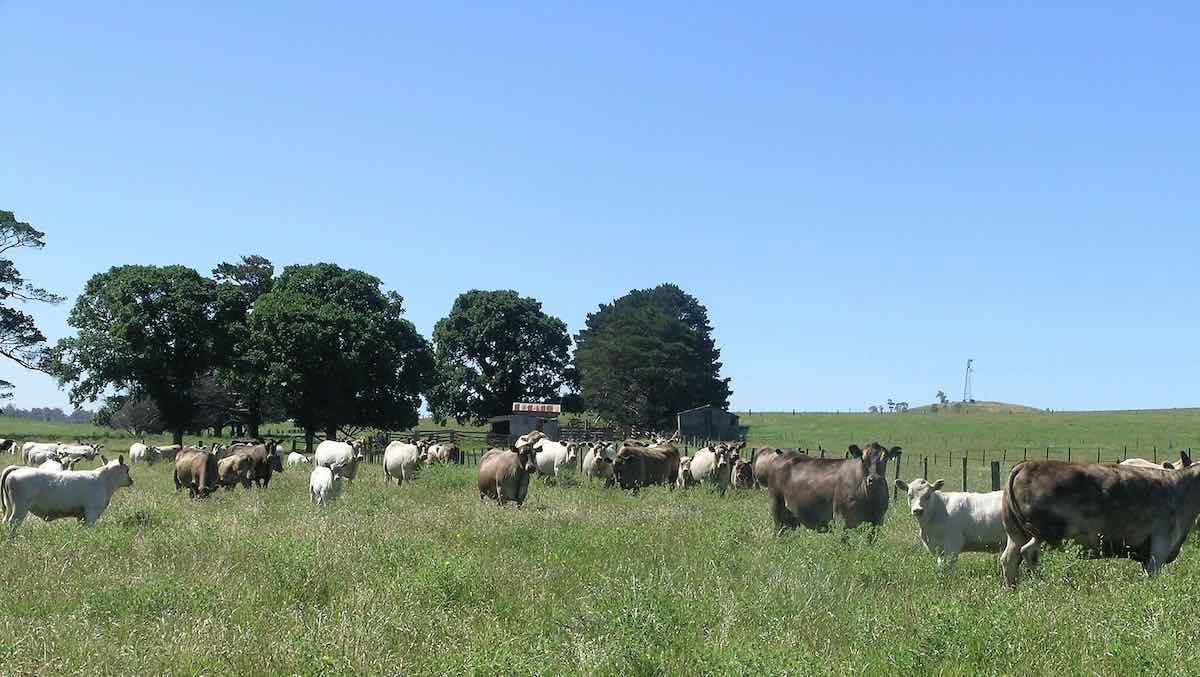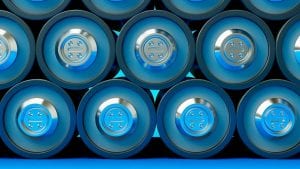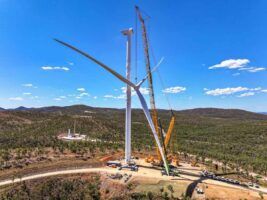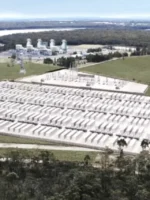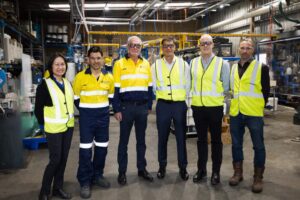The Clean Energy Finance Corporation has turned its focus to Australia’s agriculture sector with a $30 million commitment to a hybrid cattle grazing model, with the goal of delivering carbon credits alongside enhanced biodiversity protection and sustainable red meat production.
The initiative, known as the Wyuna Regenerative Agriculture Investment Fund has also secured a $30 million commitment from a global property company called Goodman Group. Another $5 million was also pitched in from the fund’s co-founder*, Steve Green (also the Fund’s CEO), and alternative investment firm GreenPoint, which invests in assets, technology and sustainability initiatives.
Part of the initiative’s work will focus on reducing or removing factors that degrade land, like land clearing and over-grazing.
The carbon sequestered in each hectare of land not cleared will count as carbon abated, and can be put towards tradable carbon credits – Australian Carbon Credits, or ACCUs – that companies can buy to offset their carbon emissions.
According to the Queensland government, appropriately managed land can sequester two tonnes of carbon per hectare.
The Fund currently manages 100,000 acres of land, and will look to expand that holding to 500,000 acres. Wyuna says the sustainable management of this land will include instituting “responsive grazing” strategies, satellite monitoring of ground cover and feed availability, imaging technology to monitor vegetation and biodiversity improvements, and a focus on improving soil carbon.
GreenPoint says the portfolio is anticipated to support more than 10 million tons of “high-quality” carbon credits over 25 years, under Australia’s Clean Energy Regulator’s Australian Carbon Credit Unit regime.
GreenPoint’s existing real estate clients will be able to purchase the platform’s credits to offset their operational and embedded carbon.
Agriculture’s emissions problem
Agriculture currently contributes about 12% of Australia’s domestic emissions. It’s also big business: the red meat and livestock industry alone is worth $17.6 billion, and has set itself the goal of going carbon neutral by 2030.
The sector has made strides already: according to CSIRO, the sectors’s contributions to national emissions more than halved between 2005 and 2019, but the industry, and Australia as a whole, still has a long way to go to cut emissions.
The CEFC says carbon sequestration is a necessary component of a transition to net-zero. The ClimateWorks centre estimates that Australia would need to sequester an estimated 96 to 344 million tonnes of carbon annually by 2050 to stay on track.
Given almost half of Australia’s total land mass is used for grazing on native vegetation and pasture, reduced land clearing poses a potent opportunity for abatement.
Carbon credits and carbon off-setting are also recognised as a necessary component of a net-zero future, because some sectors, particularly in manufacturing, simply can’t be fully decarbonised.
The ERF effect
On the other hand, carbon-offsetting is often criticised as a smokescreen to allow companies to pass on the responsibility for climate mitigation, often offloading it to poorer countries with less regulatory oversight.
Australian carbon credits are not without controversy. Last year, an investigation by the Australia Institute found that one in five of the carbon credits issued by the federal government’s $4.5 billion Emission Reduction Fund did not represent real carbon abated, and were essentially ‘junk’.
And credits are plagued by the problem of calculability: it’s difficult to precisely measure quantities of, for example, carbon in the soil, because the measurement of soil carbon is still a nascent science, and is obfuscated by the various different forms soil carbon can take, and their varying lifetimes before being released back into the atmosphere.
Carbon credits have also been critiqued on the basis of transparency. It’s hard to be sure that a piece of land not cleared is not simply being replaced by a piece of land cleared elsewhere, or by a neighbouring farmer, so it’s difficult to know whether the avoided clearing represents actual abatement: this is a small-scale version of what’s known in international climate policy as the leakage problem.
A quantifiable model
Nonetheless, Wyuna says its projects are governed by a “quantifiable and rigorous model that’s measured by changes on the ground and in the vegetation.”
The company says its grazing strategies for cattle match grass availability and seasonal conditions with the number of cattle grazed, to maintain ground cover and soil health.
Wyuna’s CEO Steve Green has worked in advisory roles on sustainability for several decades, including at Westpac, Nestle and Investec, as well as working in the NSW Department of Primary Industries.
“We are pleased to be working with Wyuna, GreenPoint and the Goodman Group in demonstrating the potential of negative emissions activities,” said CEFC Investment Director Michael Di Russo.
“The Fund will show how primary producers can tap into the growing demand for carbon credits as investors and businesses pursue increasingly ambitious sustainability goals.”
*This article has been updated to show that Steve Green is co-founder of the Wyuna Regenerative Agriculture Investment Fund, and not of Goodman Group. The mistake was made in the editorial process.

